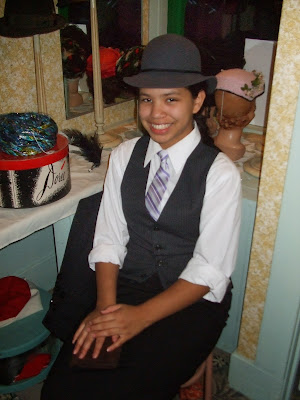Don't miss the upcoming presentations! Local historians and and anthropologists will be sharing.
May 4th @ 1pm:
Traditional Native Food Gathering
By Warren King-George and Elizabeth Swanaset
May 11th @ 1pm:
Nooksack Place Names and Food Plants
By Allan Richardson adn George Adams
The story of Nooksack place names and food plants will be recounted in a slide presentation by anthropologist Allan Richardson. Accurate pronunciations and additional dialogue will be provided by George Adams, language specialist with the Nooksack Tribe and the only remaining fluent speaker of the Nooksack language.
 |
| Camas bulb |
 |
| Bracken ferns |
 |
| Wapato harvest |
May 18th @ 1pm:
Pioneer Eating
By Janet Oakley
May 25th @ 1pm:
Hidden Museum Treasures
By Harriet Baskas
Most museums only have the space to display about 10 percent of their holdings. However, there are also political, artistic, environmental and historic reasons why museums don't show items. Journalist Harriet Baskas will present a fast-paced, photo-filled tour of Washington history through the stories of museum artifacts that are rarely – or never – shown to the public.
FEATURED THE MUSEUM'S VERY OWN 150 YEAR OLD PICKLE.
Try one of these Pacific Northwest seasonal recipes:
A Spring specialty:
Douglas Fir Sorbet
This spring treat is light and refreshing. Try experimenting with the recipe by
using rose petal, lemon verbena or lavender. You can add 1 quart of crushed fresh or frozen fruit to the recipe for a more fruity sorbet.
1 quart Douglas fir tips
3 cups water
2/3 cup sugar
3 tablespoons freshly squeezed
lemon juice
Heat the water and sugar in saucepan to boiling, drop in fir branches, stir, cover and remove from heat. Let steep for 30 minutes. Pass the syrup through a fine strainer. Stir in the lemon juice. Freeze in an ice cream maker.
Cook time: 1 hour
Serves: 4
For the Summer season try:
Salmon Wrapped in
Skunk Cabbage
Skunk cabbage leaves are also called Indian wax paper because they are used for drying and wrapping different foods. When they are used in cooking, they impart a sweet taste to the food. Wrapping salmon like this preserves the healing oils in the fish.
4 salmon steaks
4-6 skunk cabbage leaves
2 tablespoons wild onion bulb and leaves,
chopped, or 2 cloves garlic, minced
Salt and pepper to taste
You can find skunk cabbage leaves in swampy areas. Gather medium sized leaves
when they are still tender. Wash, and if the center of the leaf is rigid, let the leaves sit
in hot water to soften. Place a salmon steak in a skunk cabbage leaf. Sprinkle with salt, pepper and a little chopped wild onion or garlic. Fold the leaf around the salmon so
that it is completely covered. Use two leaves if necessary. Finish the rest of the
steaks and place them in a deep rectangular baking dish with a tight fitting lid. Place a
little water in the base of the pan. Cover and bake at 350 degrees for about 30
minutes or until the salmon is cooked. You can also cook the salmon wraps over coals
on a fire. Unwrap and discard the skunk cabbage leaf.
Cook time: 45 minutes
Serves: 4 - 8 depending on size of steaks
A special thanks to Humanities Washington for supporting this program!


















